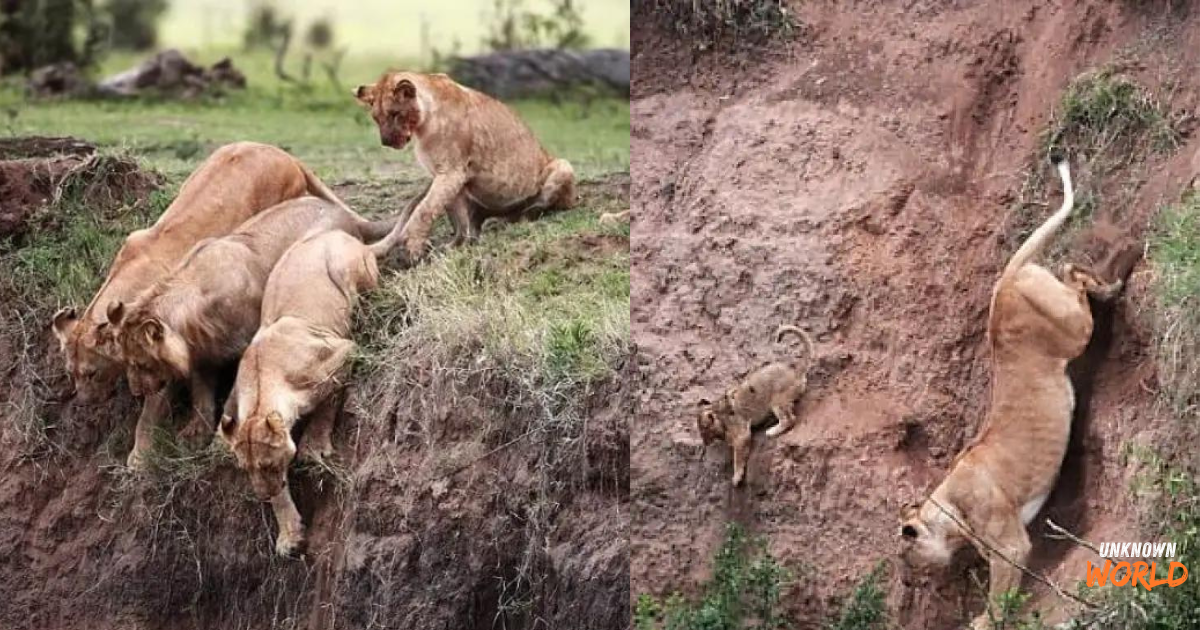In a thrilling breakthrough, a group of dedicated researchers in Australia is celebrating a remarkable triumph. Their tireless efforts to revive a species teetering on the brink of extinction have paid off in a spectacular fashion.

At the Mt. Gibson Wildlife Sanctuary, an astonishing revelation has emerged. The sanctuary, once a barren landscape for the species, now harbors a litter of newborn western quolls—tiny, spiky marsupials that are nothing short of a miracle.
These aren’t just any creatures; they belong to the western quolls, a unique type of marsupial carnivore that once roamed across Australia. However, with the arrival of Europeans, their numbers plummeted drastically. Today, the western quolls, affectionately known as chuditchs, are found only in a few isolated pockets in the southwestern corner of Australia.
This remarkable marsupial, about the size of a domestic cat, plays an essential role in its ecosystem. By preying on smaller invertebrates and certain reptiles and birds, it helps maintain ecological balance.
In a bid to restore this crucial species, researchers have been working diligently to reintroduce the western quolls to Mt. Gibson Wildlife Sanctuary—a place where they had vanished. The recent discovery of baby quolls is a resounding testament to the success of their reintroduction efforts. These resilient marsupials are not just surviving; they are thriving and reproducing.

Georgina Anderson, Senior Field Ecologist at AWC, shared her excitement: “Regular monitoring shows that the quolls are flourishing at the sanctuary. Encountering the first pouch young is a heartening sign that they have successfully adapted to their new environment.”
One standout individual, affectionately named Aang, has become a local celebrity among the research team. He is frequently spotted at camera traps set up at release sites. Aang, one of the largest and most striking quolls, has a distinctive personality. He’s known for making the rounds to collect chicken lures and even disrupting bait canisters—a testament to his lively nature.
The resurgence of the western quolls is a beacon of hope, offering a glimpse of what the future might hold. Let’s celebrate this remarkable achievement and spread the good news far and wide!
Feel free to share this article on Facebook and spread the joy of this extraordinary conservation success!



